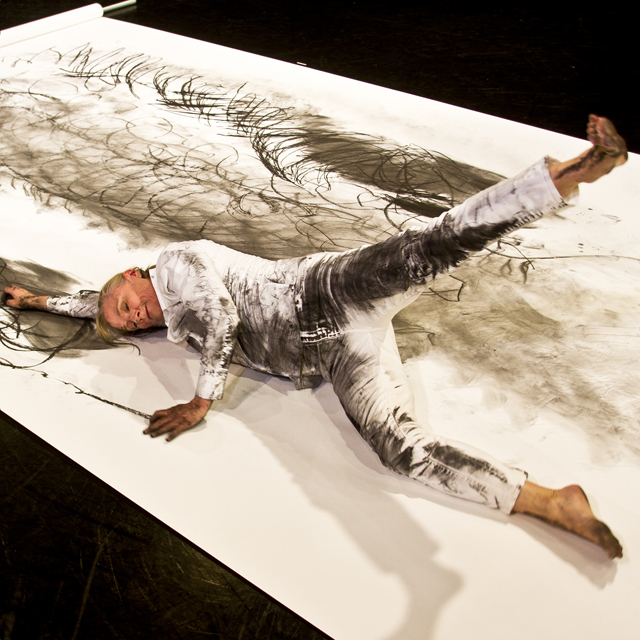
Research Shows a Real Connection Between Dance and Physical Healing
A dance professor is studying how movement training eases the symptoms of cerebral palsy.
(This article by Lisa Martin originally appeared in the Spring 2019 issue of Endeavors, a joint publication of the TCU Office of Research and Graduate Studies and TCU Marketing & Communication.)
Susie Angel had few expectations when she signed up for a weekend workshop that Nina Martin taught in November 2014.
“Nina had us start with a warmup, doing something called Fussy Baby that we did on the ground,” said Angel, whose cerebral palsy keeps her in constant motion throughout her waking hours.
“In the middle of that time, my body went still for something like three to five minutes, and it totally blew me away,” Angel said. “I was 44 years old, and that was the first stillness I had ever felt for any amount of time in my entire life.”
Like Angel, Tanya Winters experienced something powerful in Martin’s workshop. “People with CP like myself are functional movers. Our bodies and our minds are always involved, trying to put the pieces together,” Winters said. “During Fussy Baby, I noticed a general feeling of calm. My breathing was better afterward, and so was my walking. My spine was straighter, and I felt this sense of elation.”
Martin, associate professor of dance, had no idea the practice she created based on a lifetime of work had any therapeutic potential. “I am an artist, not a therapist,” she said. “Here I had enough research to last me well beyond my mortal life, but this was something I felt duty-bound to explore.”
Read more in Endeavors.
